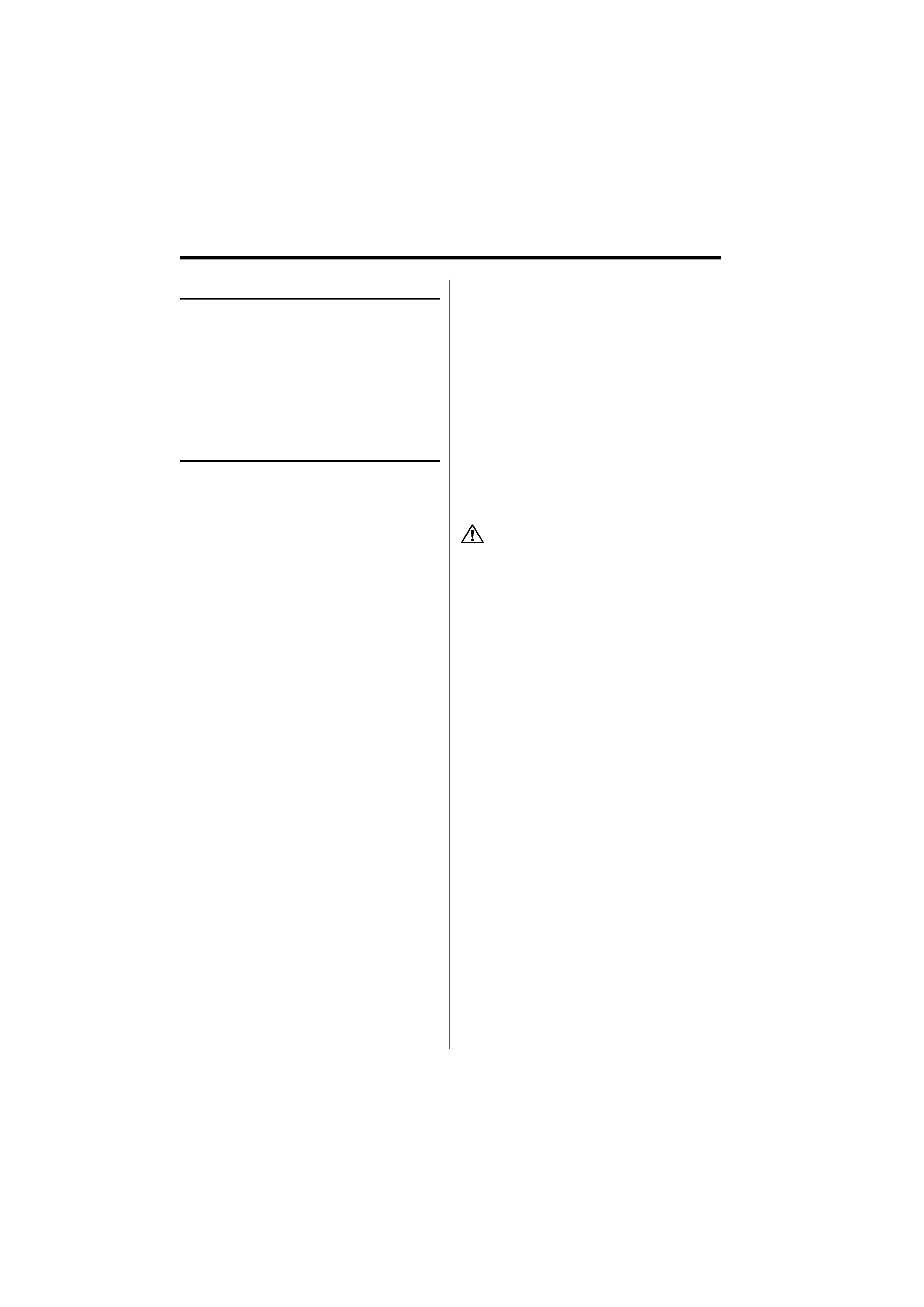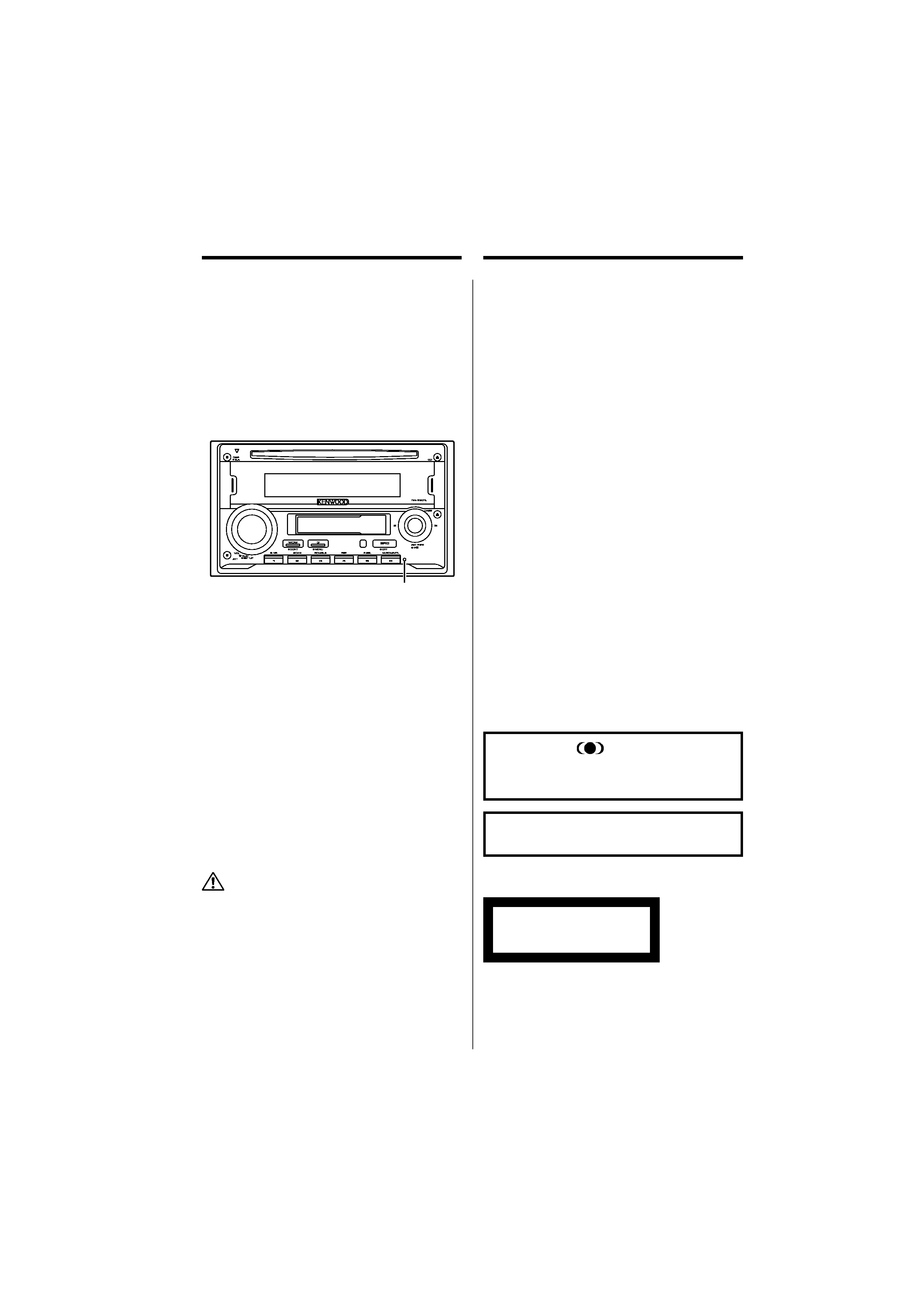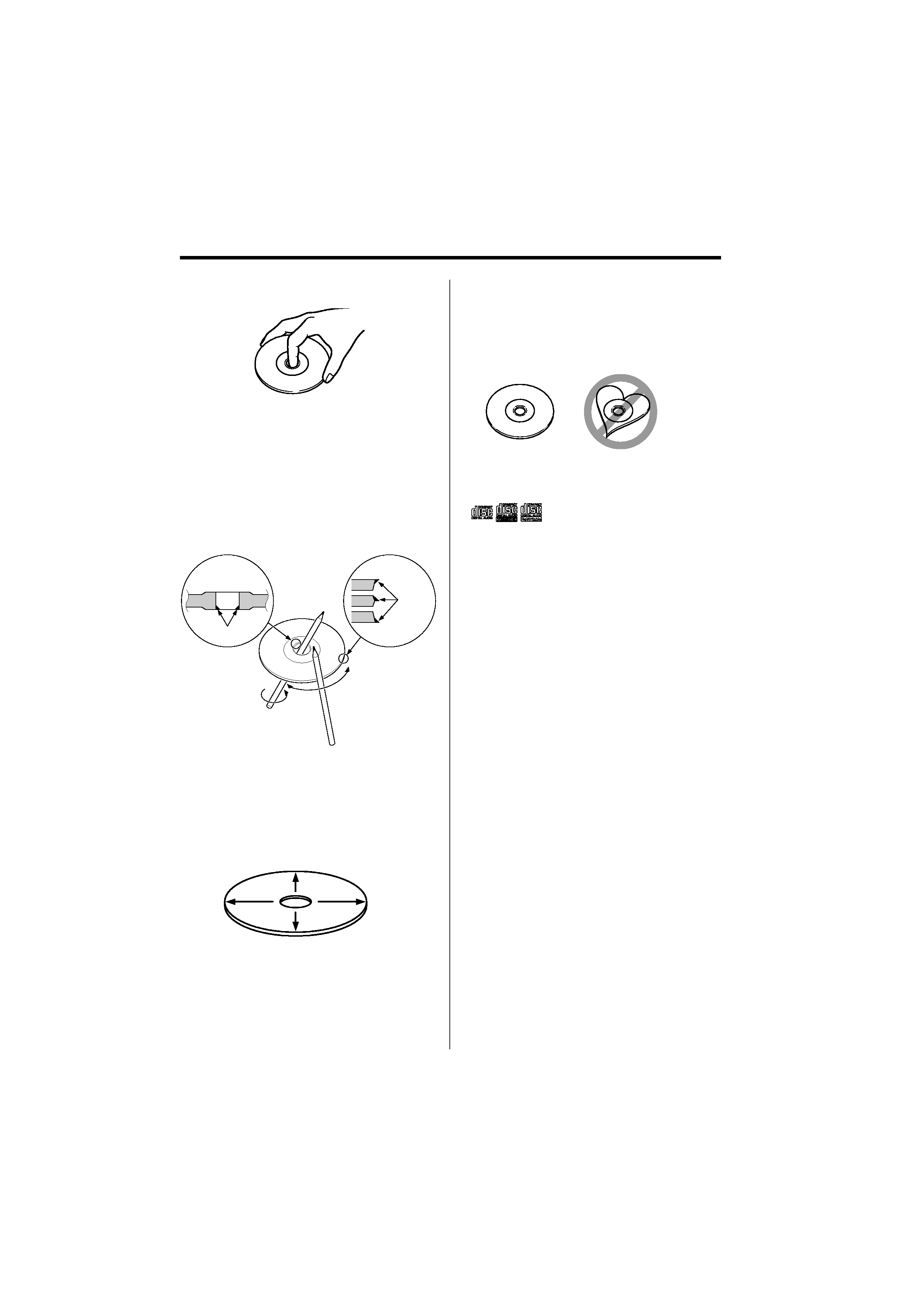
DPX-MP4090
DPX-MP4090S
DPX-3090
DPX-3090S
DUAL DIN SIZED CD/CASSETTE RECEIVER
INSTRUCTION MANUAL
DIN CD/
DIN CD/
© B64-3282-00/00 (MW)

2 | English
Contents
Safety precautions
3
Notes
4
About Cassette tape
4
About CDs
5
About AAC, MP3 and WMA
6
General features
7
Power
Selecting the Source
Volume
Attenuator
System Q
Audio Control
Adjusting the detail of Audio Control
Audio Setup
Speaker Setting
SRS WOW Select
SRS WOW Control
Subwoofer Output
Switching Display
Spectrum Analyzer Select
Station/Disc Naming (SNPS/DNPS)
TEL Mute
Tuner features
14
Tuning
Direct Access Tuning
Station Preset Memory
Auto Memory Entry
Preset Tuning
Frequency Step Setting
Cassette player features
16
Playing Cassette Tapes
Fast Forwarding and Rewinding
Dolby B NR
Selecting the Tape type
DPSS (Direct Program Search System)
DPSS with the Remote control
Blank Skip
Music Repeat
Index Scan
CD/Audio file/External disc control
features
18
Playing CD & Audio file
Playing External Disc
Fast Forwarding and Reversing
Track/File Search
Disc Search/Folder Search
Direct Track/File Search
Direct Disc Search
Track/File/Disc/Folder Repeat
Scan Play
Random Play
Magazine Random Play
Folder Select
Text/Title Scroll
Menu system
22
Menu System
Activating Security Code
Deactivating Security Code
Touch Sensor Tone
Contrast Adjustment
Manual Clock Adjustment
Switching preout
Opening Demonstration
Built-in Amp Setting
Built-in Auxiliary input Setting
CD Read Setting
DSI (Disabled System Indicator)
Dual Zone System Setting
B.M.S. (Bass Management System)
B.M.S. Frequency Offset
CRSC (Clean Reception System Circuit)
Auxiliary Input Display Setting & Station/Disc
Naming
Text Scroll
Tuning Mode
Auto Memory Entry
Supreme Setting
Basic Operations of remote control 28
Accessories/ Installation Procedure 30
Connecting Wires to Terminals
31
Installation
32
Troubleshooting Guide
33
Specifications
37

English
|
3
Safety precautions
About CD players/disc changers
connected to this unit
Kenwood disc changers/ CD players released in
1998 or later can be connected to this unit.
Refer to the catalog or consult your Kenwood
dealer for connectable models of disc changers/
CD players.
Note that any Kenwood disc changers/ CD players
released in 1997 or earlier and disc changers made
by other makers cannot be connected to this unit.
Connecting unsupported disc changers/CD players
to this unit may result in damage.
Set the "O-N" Switch to the "N" position for the
applicable Kenwood disc changers/ CD players.
The functions you can use and the information
that can be displayed may differ depending on the
models being connected.
· You can damage both your unit and the CD changer if
you connect them incorrectly.
Lens Fogging
When you turn on the car heater in cold weather,
dew or condensation may form on the lens in the
CD player of the unit. Called lens fogging, this
condesnation on the lens may not allow CDs to
play. In such a situation, remove the disc and wait
for the condensation to evaporate. If the unit still
does not operate normally after a while, consult
your Kenwood dealer.
2WARNING
To prevent injury or fire, take the
following precautions:
· To prevent a short circuit, never put or leave any
metallic objects (such as coins or metal tools)
inside the unit.
· Mounting and wiring this product requires
skills and experience. For safety's sake, leave the
mounting and wiring work to professionals.
2CAUTION
To prevent damage to the machine, take
the following precautions:
· Make sure to ground the unit to a negative 12V
DC power supply.
· Do not install the unit in a spot exposed to direct
sunlight or excessive heat or humidity. Also avoid
places with too much dust or the possibility of
water splashing.
· When replacing a fuse, only use a new fuse with
the prescribed rating. Using a fuse with the wrong
rating may cause your unit to malfunction.
· Do not use your own screws. Use only the screws
provided. If you use the wrong screws, you could
damage the unit.
Do Not Load 8 cm (3 in.) CDs in the CD
slot
If you try to load a 8 cm (3 in.) CD with its adapter
into the unit, the adapter might separate from the
CD and damage the unit.

4 | English
Notes
· If you experience problems during installation,
consult your Kenwood dealer.
· When you purchase optional accessories, check
with your Kenwood dealer to make sure that they
work with your model and in your area.
· If the unit fails to operate properly, press the Reset
button. The unit returns to factory settings when
the Reset button is pressed.
· Press the reset button if the disc auto changer fails
to operate correctly. Normal operation should be
restored.
· Characters in the LCD may become difficult to
read in temperatures below 5 °C (41 °F).
· The characters which can be displayed by this
unit are A-Z 0-9 * + = / < > [ ] .
· The illustrations of the display and the panel
appearing in this manual are examples used to
explain more clearly how the controls are used.
Therefore, what appears on the display in the
illustrations may differ from what appears on the
display on the actual equipment, and some of the
illustrations on the display may be inapplicable.
Cleaning the Unit
If the faceplate of this unit is stained, wipe it with a
dry soft cloth such as a silicon cloth.
If the faceplate is stained badly, wipe the stain off
with a cloth moistened with neutral cleaner, then
wipe it again with a clean soft dry cloth.
· Applying spray cleaner directly to the unit may affect its
mechanical parts. Wiping the faceplate with a hard cloth
or using a volatile liquid such as thinner or alcohol may
scratch the surface or erases characters.
Cleaning the Faceplate Terminals
If the terminals on the unit or faceplate get dirty,
wipe them with a dry, soft cloth.
Reset button
The marking of products using lasers
(Except for some areas)
CLASS 1
LASER PRODUCT
The label is attached to the chassis/case and says
that the component uses laser beams that have
been classified as Class 1. This means that the unit
is utilizing laser beams that are of a weaker class.
There is no danger of hazardous radiation outside
the unit.
Cleaning the tape head
When there's noise or the sound quality is bad
during tape play the tape head maybe dirty, clean
the tape head.
About Cassette tape
· If the tape is slack tighten it.
· If the cassette tape label is peeling off glue it on
again.
· Don't use deformed cassette tape.
· Don't place cassette tape on the dashboard etc.
where the temperature is high.
· Don't use cassette tape that's 100 minutes long or
longer.
About Cassette tape
The "AAC" logo is trademark of Dolby
Laboratories.
WOW, SRS and
symbol are trademarks of
SRS Labs, Inc.
WOW technology is incorporated under license
from SRS Labs, Inc.

English
|
5
Handling CDs
· Do not touch the recording surface of the CD.
· CD-R and CD-RW are easier to damage than a
normal music CD. Use a CD-R or a CD-RW after
reading the caution items on the package etc.
· Do not stick tape etc. on the CD, or use a CD with
tape stuck on it.
When using a new CD
If the CD center hole or outside rim has burrs,
use the CD only after removing the burrs with a
ballpoint pen, etc.
CD accessories
Do not use disc type accessories.
CD cleaning
Clean from the center of the disc and move
outward.
About CDs
Burrs
Burrs
Removing CDs
When removing CDs from this unit pull them out
horizontally.
CDs that cannot be used
· CDs that are not round cannot be used.
· CDs with coloring on the recording surface or CDs
that are dirty cannot be used.
· This unit can only play the CDs with
.
This unit may not correctly play discs which do
not have the mark.
· You cannot play a CD-R or CD-RW that has not
been finalized. (For the finalization process refer to
your CD-R/CD-RW writing software, and your CD-
R/CD-RW recorder instruction manual.)
CD storage
· Do not place CDs in direct sunlight (On the seat
or dashboard etc.) or where the temperature is
high.
· Store CDs in their cases.
